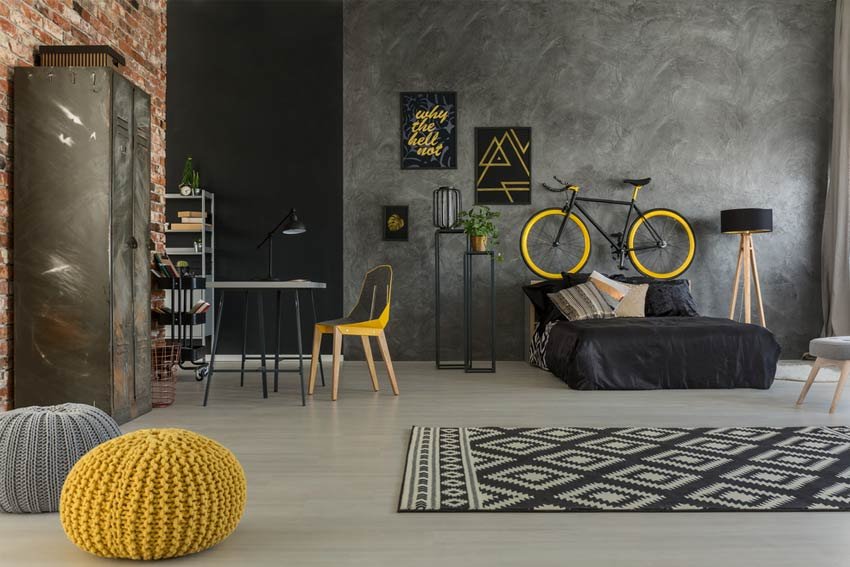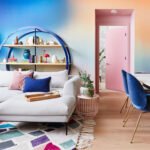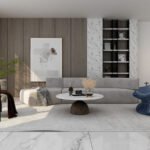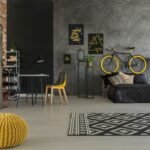Interior design is not merely about aesthetics; it is a powerful tool that influences our emotions, behaviors, and overall well-being. The psychology of interior design delves into how various elements within a space—such as color, lighting, textures, and layout—affect our mood and mental state. This exploration reveals the intricate relationship between our environment and our psychological health.
Understanding Psychology Of Interior Design
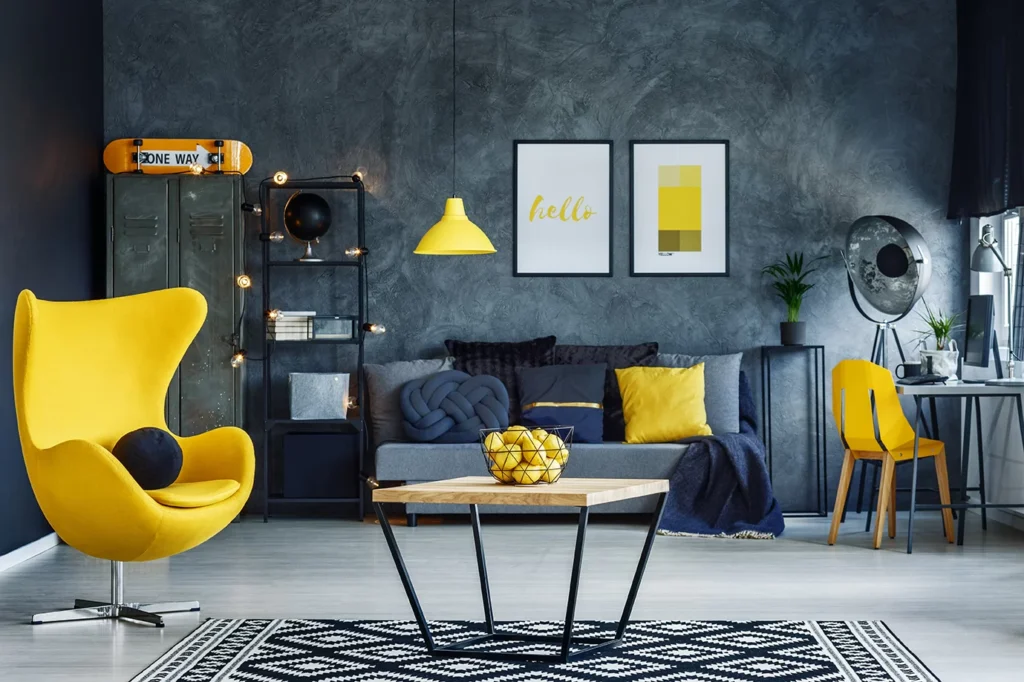
Interior design psychology is rooted in environmental psychology, which studies how our surroundings impact our thoughts, feelings, and behaviors. It emphasizes that the spaces we inhabit can significantly affect our emotional responses and mental health. By integrating psychological principles into design, we can create environments that foster well-being and enhance quality of life.
Key Elements Influencing Mood
- Color Psychology
- Colors evoke specific emotions and can dramatically influence mood. Warm colors like red and orange tend to energize and excite, while cool colors such as blue and green promote calmness and relaxation. The choice of color should align with the desired emotional experience in a space. For instance, a bedroom might benefit from soothing blues to encourage restfulness, while a creative workspace could utilize vibrant yellows to inspire energy and creativity.
- Lighting and Its Effects
- Lighting plays a crucial role in shaping our emotional experiences within a space. Natural light is often associated with positive feelings; it can boost serotonin levels, alleviate anxiety, and improve overall mood. Conversely, poor lighting can lead to feelings of gloominess and fatigue. Different types of artificial lighting also impact mood; warm-hued lights create a cozy atmosphere, while harsh fluorescent lights can induce stress.
- Spatial Layout
- The arrangement of furniture and the overall spatial layout significantly affect how we navigate and interact within a space. Open layouts tend to promote sociability and freedom, while defined spaces can provide a sense of security and coziness. Cluttered environments often lead to stress and anxiety, whereas well-organized spaces encourage calmness and efficiency.
- Textures and Materials
- The tactile qualities of materials used in interior design also impact our emotional responses. Smooth surfaces may convey sophistication, while rough textures can evoke warmth and comfort. Selecting the right materials contributes not only to the aesthetic appeal but also to the sensory experience of the space.
- Biophilic Design
- Incorporating elements of nature into interior spaces has been shown to have numerous psychological benefits. Biophilic design emphasizes natural materials, plants, and views of nature, which can reduce stress levels and enhance cognitive function. By bringing nature indoors, we create environments that promote calmness and rejuvenation.
The Emotional Impact of Interior Design
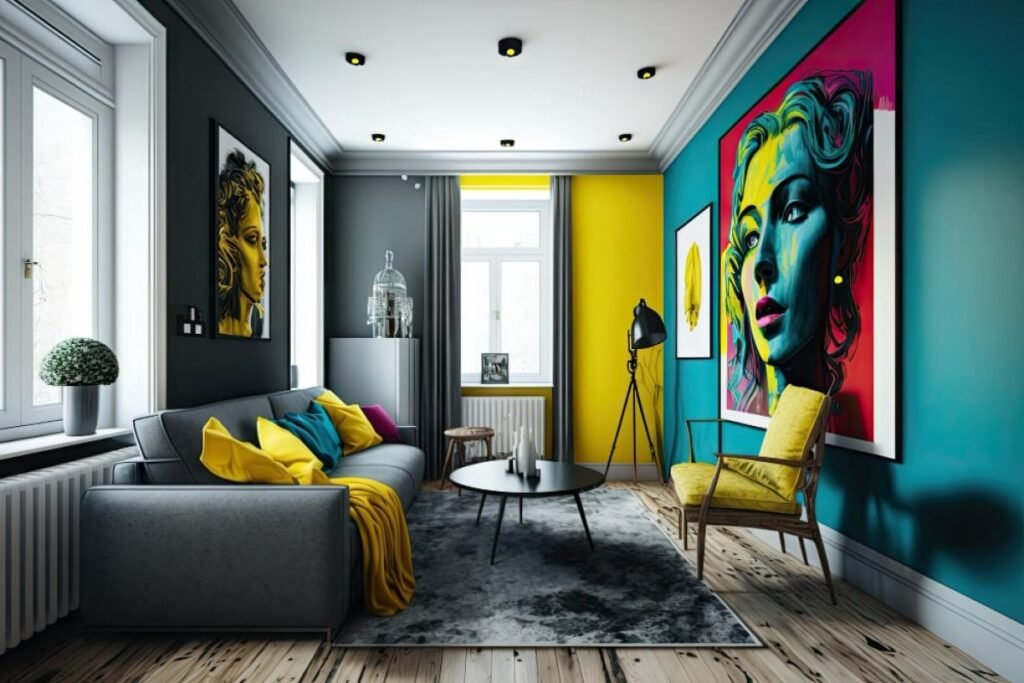
The emotional impact of interior design extends beyond individual elements; it involves creating cohesive environments that resonate with occupants’ needs. Thoughtfully designed spaces can lead to improved mental health outcomes by reducing stress, enhancing focus, and promoting relaxation.
Creating Emotionally Supportive Environments
- Personalization
- Personalizing spaces with meaningful decor or art can evoke positive memories or feelings, fostering a sense of belonging and comfort. This connection between personal items and emotional well-being highlights the importance of individual expression in interior design.
- Functional Spaces
- Ergonomics plays a vital role in ensuring comfort within a space. Furniture should be designed to support good posture while allowing for ease of movement. Functional storage solutions also contribute to reducing clutter, which is essential for maintaining a serene environment.
- Artistic Expression
- Art has been shown to influence mood positively by stimulating creativity and providing visual pleasure. Incorporating art into interior design—whether through paintings, sculptures, or decorative elements—can create an uplifting atmosphere that encourages happiness.
Practical Applications of Interior Design Psychology
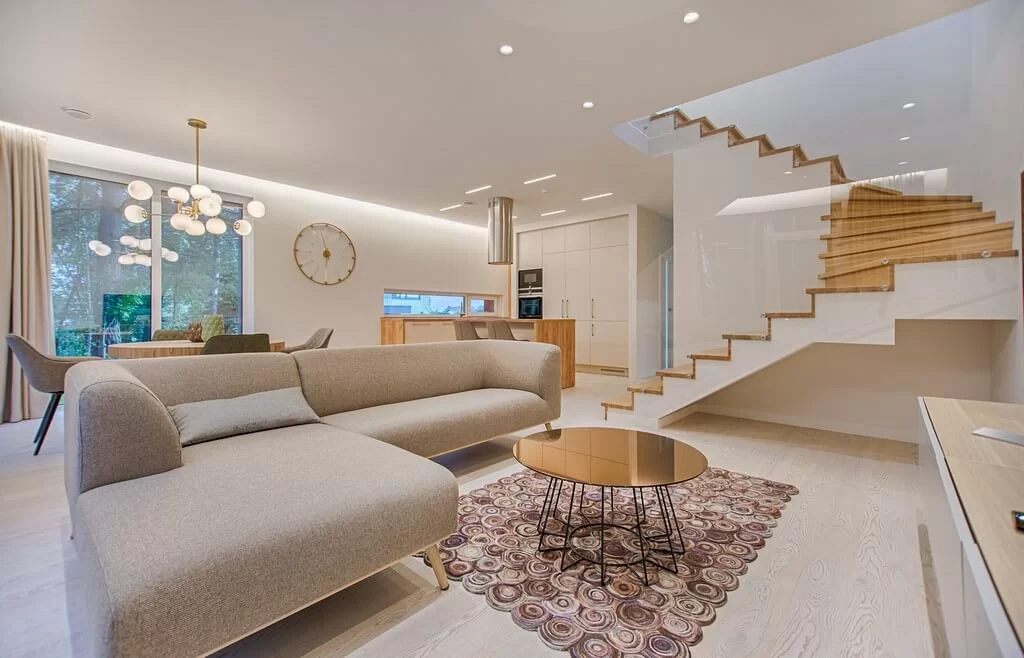
To harness the benefits of interior design psychology effectively, consider these practical applications:
- Color Selection: When designing a room, choose colors based on the desired emotional outcome. For instance:
- Living Rooms: Warm tones for energy.
- Bedrooms: Cool tones for relaxation.
- Lighting Strategies: Maximize natural light by using sheer curtains or strategically placing mirrors to reflect light. For artificial lighting:
- Use dimmable fixtures to adjust ambiance.
- Incorporate warm-toned bulbs for living areas.
- Space Organization: Regularly declutter spaces to maintain an organized environment that promotes tranquility:
- Use multifunctional furniture to save space.
- Create designated zones for specific activities (e.g., work vs. relaxation).
- Nature Integration: Add indoor plants or nature-inspired decor:
- Choose low-maintenance plants like succulents or snake plants.
- Use natural materials like wood or stone in furnishings.
- Artistic Touches: Curate art pieces that resonate personally:
- Rotate artwork seasonally for fresh inspiration.
- Include handmade items to add uniqueness.
Conclusion
The psychology of interior design underscores the profound impact our surroundings have on our emotions and mental well-being. By thoughtfully considering elements such as color, lighting, spatial arrangement, textures, and personalization in interior design, we can create environments that not only look appealing but also nurture positive psychological experiences.
As we continue to spend more time indoors—be it at home or work—the importance of designing spaces that promote mental health becomes increasingly clear. Ultimately, understanding how our environment affects us allows us to take control over our spaces in ways that foster happiness, productivity, and overall well-being.
In summary, embracing the principles of interior design psychology offers us valuable insights into creating harmonious living environments that enhance our mood and enrich our lives.
Also Read : How To Designing A Cozy Reading Nook With Interior Design Flair
